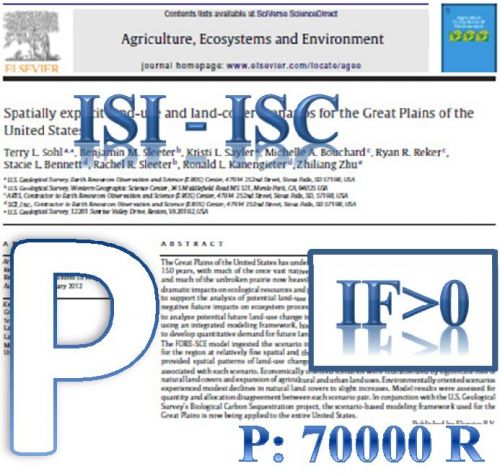BACKGROUND: Primary cutaneous lymphomas (PCLs) represent a heterogeneous group of T- and B-cell lymphomas that present in the skin with no evidence of extracutaneous disease at the time of diagnosis. The aim of this study was to assess and report the epidemiological characteristics of PCLs in Isfahan, Isfahan Province, Iran - as a main province of Iran. MATERIALS AND METHODS: A total of 99 patients were recruited over a recent 10-year period (2003-2013) with diagnosis of PCLs; the patients were classified according to the The World Health Organization/European Organization for Research and Treatment of Cancer (WHO-EORTC) criteria. Mean and standard deviations (SDs) were used to describe continuous data, numbers, and percentages for categorical data. Statistical significance was defined as P < 0.05. RESULTS: The patients comprised 45 men and 54 women aged 5-80 years (median 36) at diagnosis. The male-to-female ratio was 1:1.2. Histological examination showed features of primary cutaneous B-cell lymphomas (PCBCLs) in four cases. The mean ± SD age in primary cutaneous T-cell lymphomas (PCTCLs) and PCBCLs was 37.9 ± 16.5 years and 39.7 ± 9.1 years, respectively (P = 0.72). The mean ± SD latent period between the time of diagnosis and initiation of skin lesions in men and women was 2.3 ± 4.1 years and 5.9 ± 10.1 years, respectively (P = 0.02). The most frequent subtypes were mycosis fungoides (MFs) (86.9%) followed by Sιzary syndrome (SS) (4%). Five patients died from PCL-related deaths. CONCLUSION: The distinguishing epidemiologic characteristics of PCL in Iran are the absence of a male predominance and a lower age of diagnosis. The study highlights the ethnic or regional variations in the clinicoepidemiological characteristics of PCLs.
کلید واژگان :B-cell lymphomas; Iran; T-cell lymphomas; mycosis fungoides (MFs); primary cutaneous T-cell lymphomas (PCTCLs); primary cutaneous lymphomas (PCLs)
ارزش ریالی : 1200000 ریال
با پرداخت الکترونیک
